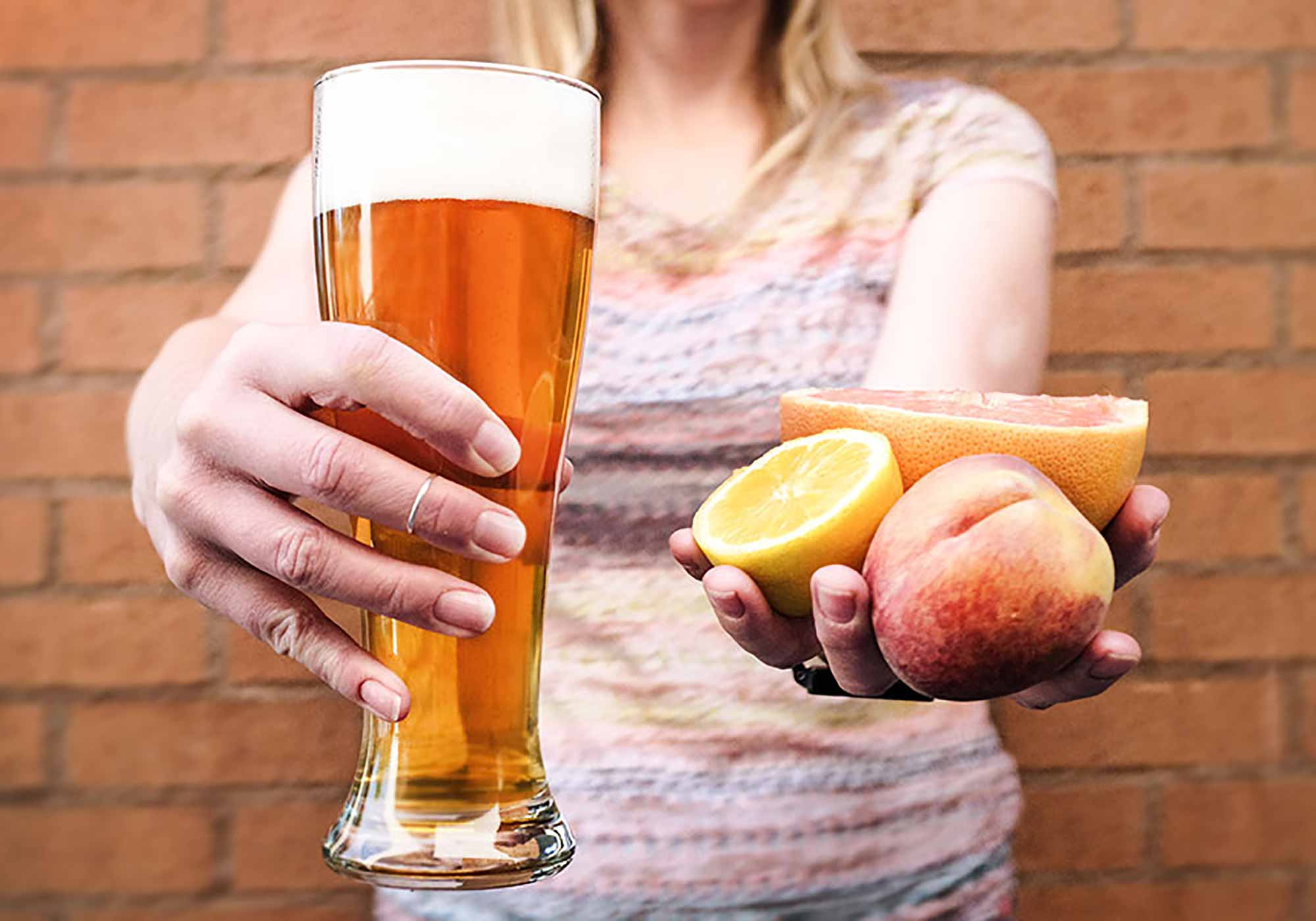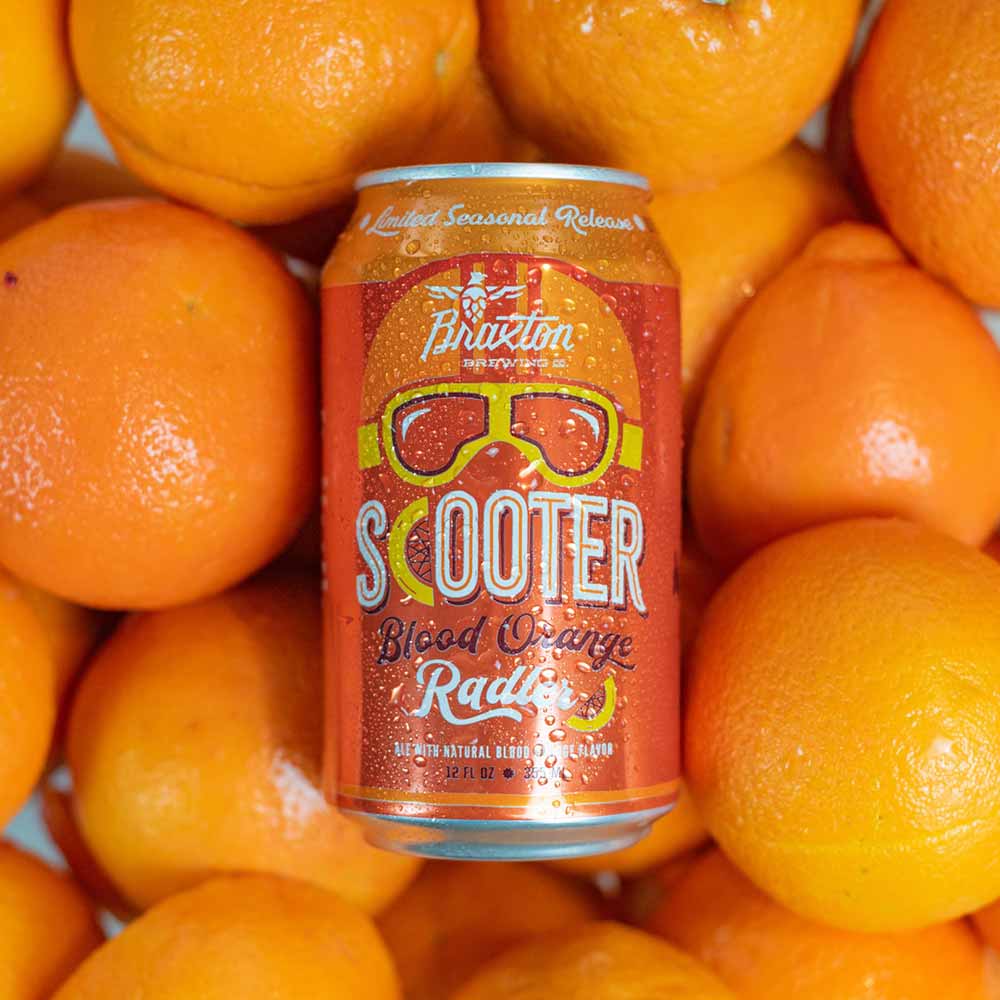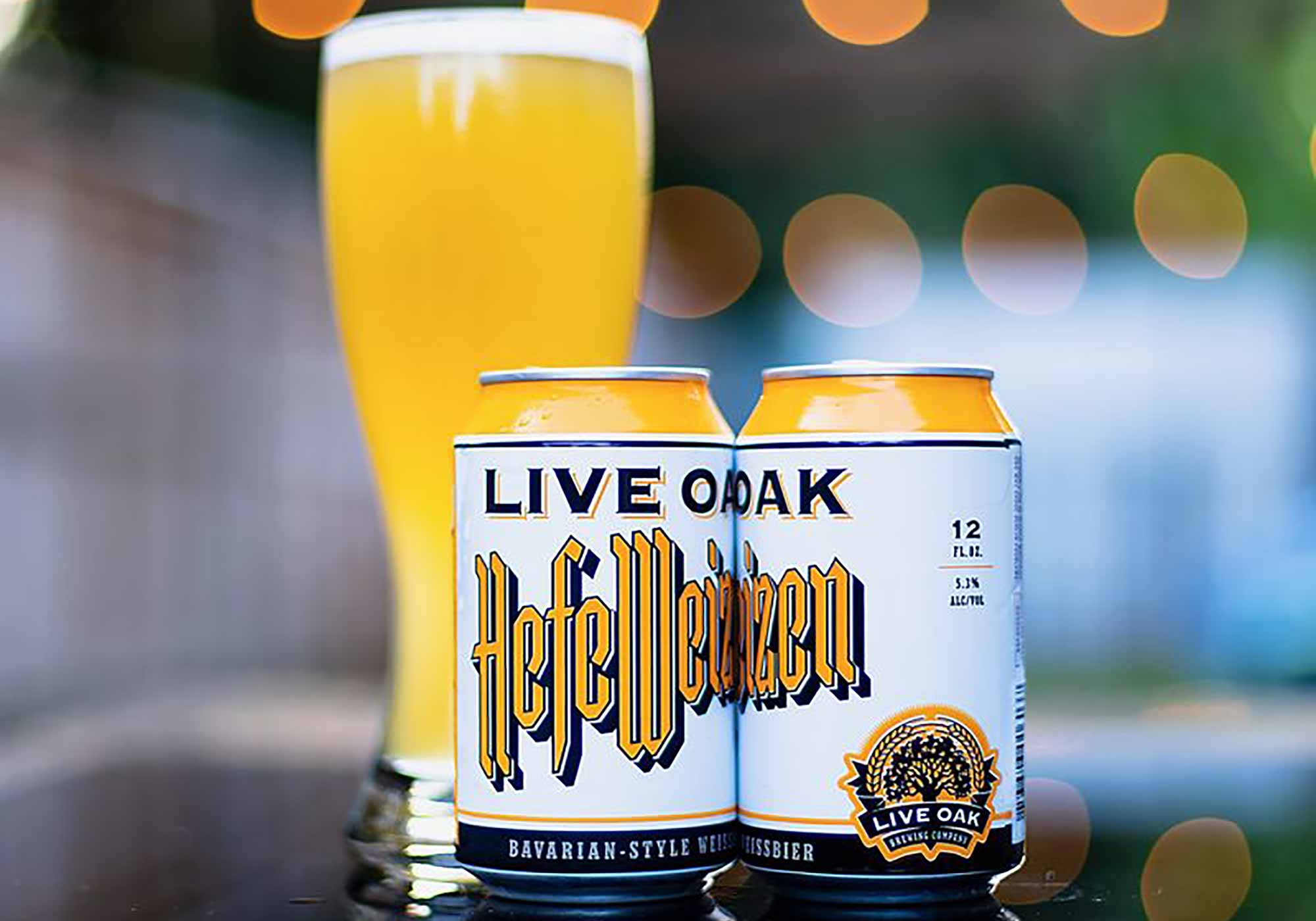Shop
The History of the Radler: Your New Favorite Summer Beer
One part lager + one part citrus soda = The most delicious drink.
More Stories Like This...
According to local legend, Franz Xaver Kugler invented the radler in June 1922. While history can neither confirm nor deny this fact, the story is worth telling. As the tale goes, Kugler, an innkeeper in Deisenhofen, Germany, capitalized on the country’s biking craze by creating a trail from nearby Munich to his tavern. One beautiful day in June, 13,000 cyclists wound their way to his establishment, looking to quench their thirst. Overloaded with thirsty patrons, Kugler quickly began to run out of beer. But a stroke of genius saved him. Kugler cut his pilsner with overstocked lemon soda.
While some of these details may seem unbelievable, and even though no official records support or refute this narrative, it’s certainly a story worth repeating.
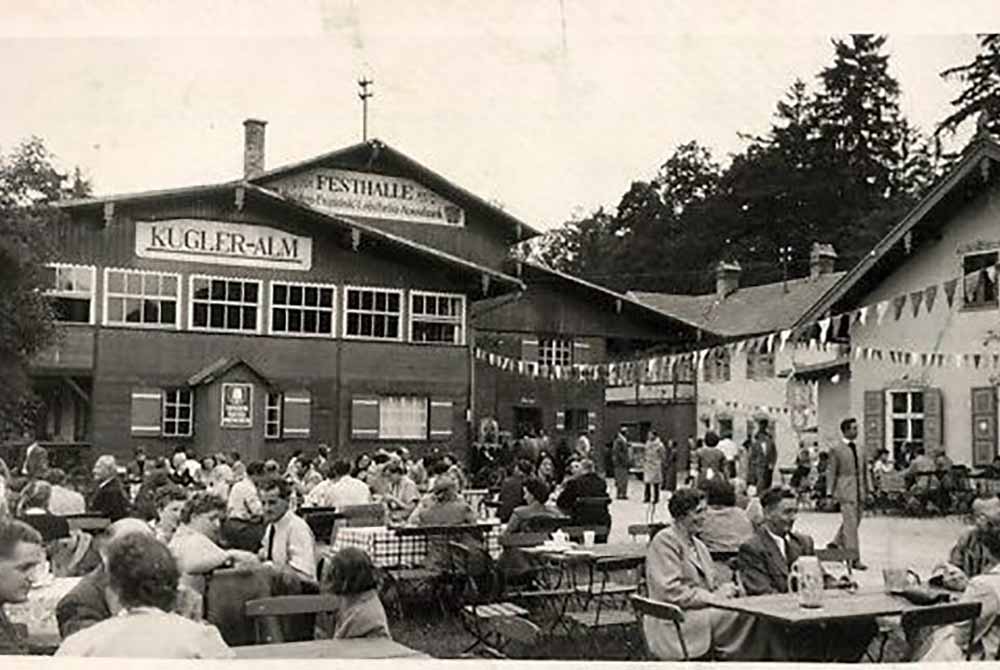
Photography courtesy of The Garden Brewery
And nearly a century later, we’re still talking about and drinking Radlermass, which literally translates to cyclist’s liter in English.
Besides, whether we know the radler’s true origins, it’s still a humble drink that’s damn delicious in the heat of summertime (or even winter, if you prefer).
It’s a testament to the radler that people still go about blending lemonade and lager even today. Though this drink is more prevalent in its homeland of Germany than the United States, it’s appreciated in the land of NEIPAs and pastry sours nonetheless.
There’s never a wrong time to reach for a radler, but there’s no better time than now. A drink that has endured for almost 100 years is worth adding to your drinking rotation.
After all, why drink a regular lager when you can drink a radler?
So What’s A Radler, Anyway?
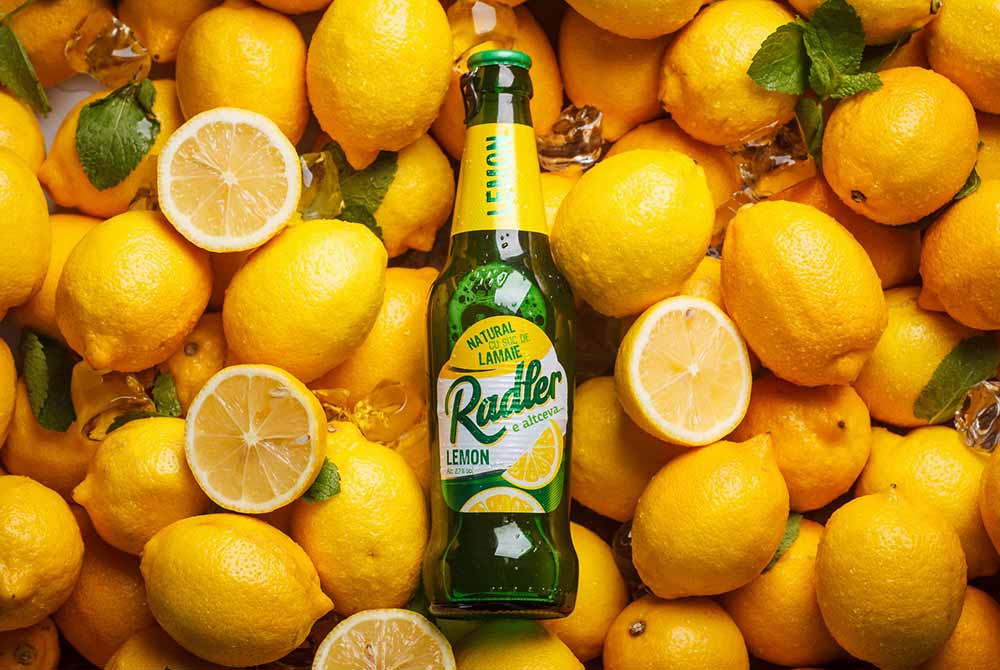
Photography courtesy of Derrick Lin | Packaging of the World
If the saga of Franz Kugler is too vague, let’s simplify things. To make a radler, mix equal parts lager and citrus-flavored soda. That’s a radler: half beer, half lemonade (or exchange the lemon for grapefruit), and all delicious. That’s all there is to it! If you’re enterprising, you can easily make your own radler at home or have your favorite bartender make one for you. Or, if you’re lazy, you can buy canned radlers from a brewery. Easy peasy lemon (or, again, grapefruit) squeezy.
Wait, Why Would I Even Bother Mixing Lemonade and Lager?
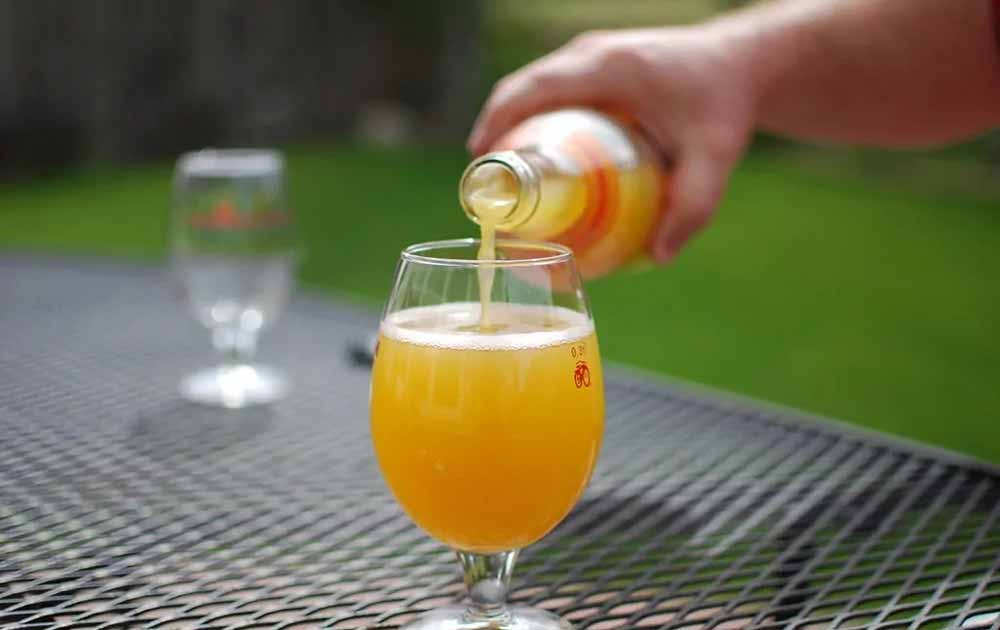
Photography courtesy of Bottlemakesthree.com
This is a prototypical American reaction to the radler. But let’s consider the pros.
First, lagers, by nature, are light and refreshing. Cutting these beers with lemonade adds a touch of sweetness that people enjoy. After all, if adding lemonade to beer made the beer taste horrible, nobody would do it. A radler tastes great, but that’s not the number one reason why people drink them.
What Is the Number One Reason People Drink Radlers?
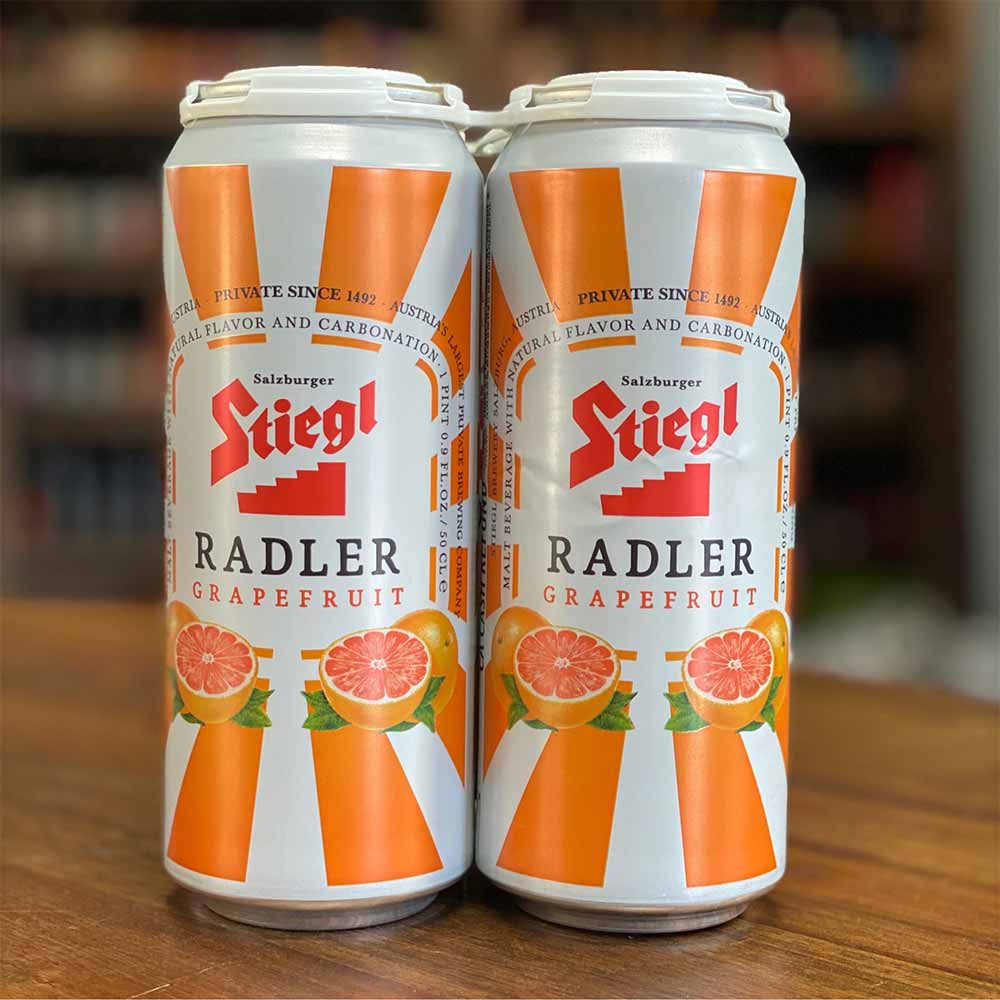
Photography courtesy of Bier Station
A radler lightens up a beer. Since radlers are essentially ‘lagers cut by lemonade,’ they typically only hit around 4.0% ABV or under. Generally speaking, heading to the pub in European drinking culture means you’re in for a long night of pints. But getting publicly blotto is considered a party foul. Since there are only so many beers you can drink at 6.0% ABV, the radler is a perfect alternative.
“The history of going to the pub, and maybe finishing work and going for beers, was that you would go for beers all night,” explains Mark Dredge, a beer, food, and travel writer and owner of BeerDredge, based in Eastbourne, East Sussex, England. “It’s the idea of the sessions. You’re out there and having four, five, or six pints.” According to Dredge, softening even a beer as easygoing as a lager with lemonade “extends the social circumstance.”
The flavor is actually a secondary consideration.
Jay Bullen, founder and head of brewhouse operations for Brewery Silvaticus in Amesbury, MA, agrees. “To me, I think [radlers] work somewhere in between. In Germany, a massive beer-drinking culture, having something that can lighten up the beer makes it more appealing to certain people.”
Not everyone at the pub wants to drink until they can’t stand up. A radler is a delicious, lighter option of which you can drink more than one in a single sitting. “We have a huge following for radlers. If [our customers] are looking for something a little lower ABV … it gives you those options, and it’s also super refreshing,” says Bullen.
While Kugler initially spiked his pilsner just to keep the taps flowing, today, that eureka! moment is more about lowering alcohol content to give consumers a tasty, easy-drinking libation.
Why Drink A Radler When I Could Just Drink A Lager?
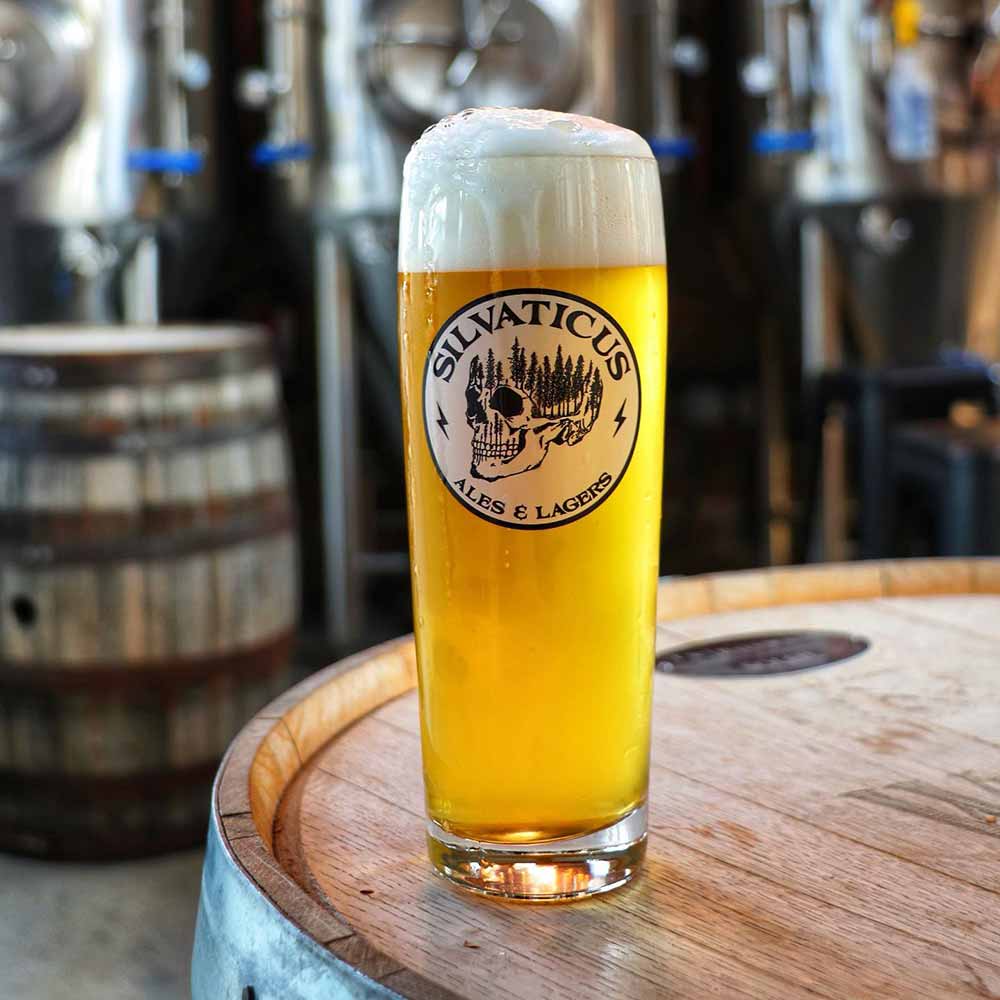
Photography courtesy of @brewery_silvaticus
At least here in the U.S., there is a stigma against radlers because of the additive element. People may think of a radler as a cop-out; if you’re going to order a beer, just order a beer. But today’s market is flooded with so many fruited beers that this argument against radlers feels like hypocrisy.
Radlers are like lagers with a twist, right? So, why not try them when you’d find yourself grabbing a lager?
“If I’ve had a long run in the morning, if I’ve been out all day on a long walk, if I’ve been out for four or five hours in the sun, I just know that I want a beer,” says Dredge. That beer isn’t going to be a hefty IPA, though, because that’s not when we drink hefty IPAs. It’s not that an IPA isn’t refreshing in its own right, but when you need an effervescent kick, you probably don’t even want a straight-up pilsner.
You want a radler.
“Maybe it was hard seltzer before there was hard seltzer,” says Bullen. He’s kind of joking, but the point sticks.
Radlers have stuck around for ages explicitly because they’re light, refreshing, and low in alcohol.
Plus, They’ve Stayed Popular for a Hundred Years, Right?
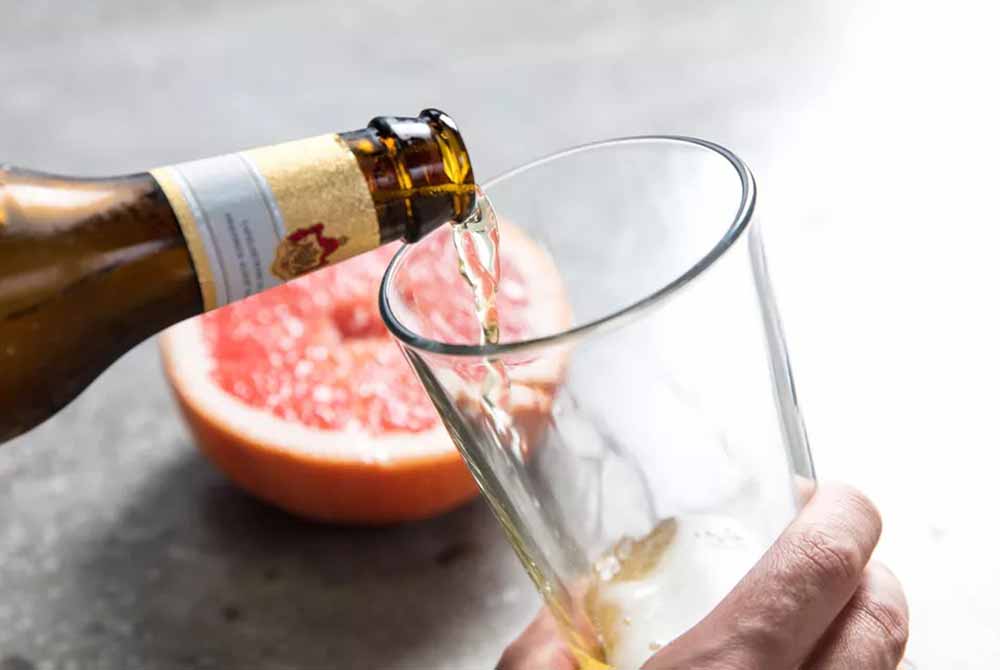
Photography courtesy of Serious Eats
There is something to say about the heritage and lore mentioned above around the radlers’ origins. Even as modern brewers push envelopes further and further with new styles and adjuncts, tradition is a big deal in craft brewing. And the radler screams “tradition.”
If culture and tradition still haven’t swayed you in the radler’s favor, how about the idea of customization? The radler is indeed defined by that basic formula: One part lemonade + one part lager = radler. But those are more like guidelines. You can make a radler any damn way you want.
Even in Germany, the proposed birthplace of the radler, Dredge fondly recalls visiting the Augustiner-Keller beer garden, the third largest in Munich (and one of the largest in the world), and finding that he could choose how much or how little lemonade he added to his glass.
“You collect your glass, rinse it out, and then there’s someone standing in front of a massive barrel of helles, and you give them your glass, and they fill it with beer,” says Dredge. “But before that, there’s the tap of lemonade. So you can put in as much or as little lemonade as you like.”
Similarly, Bullen, who went to boarding school in Germany, remembers creating his own radler. “It’s almost like a Choose Your Own Adventure,” says Bullen with a chuckle.
The choice is a big deal. We all get to choose what we drink when we order at the brewery or the pub, but we rarely get the same level of choice when we pour a radler for ourselves (though this, too, is a rare experience). Flexibility and versatility: That’s what makes the radler a mainstay in brewing even now.
Alright then, Who Makes The Best Radlers, And Which Should I Try Right Now?
The answer depends on your local bars and brewers and whether you’re okay with getting your radler from a can. Yes, a canned radler, on its face, seems like a strange dismissal of the beverage’s customizable quality, but a radler in a can is still a radler.
You should make every effort to try a radler out in the wild. Any Euro-themed brewery will likely have one in their lineup, or at least they’ll know how to make one.
Here in the U.S., Silvaticus has a deft hand with their radlers while Salem’s Notch Brewing about half an hour away from Amesbury, makes a stellar Notch Bavarian Radler. You should also consider trying Victory Brewing Co.’s Cage Radler, which follows tradition as a basically even split between citrus and beer. And Red Hare Brewing Co.’s SPF 50/50 is also a great example of a grapefruit radler.
If you’re looking for some highly rated versions, both Braxton Brewing Company’s Scooter Blood Orange Radler and Imprint’s Raspberry Lemonade Razler rank amongst the top on Untappd.
In the canned department, Dredge swears by Stiegl Radler, which, for whatever reason, is “almost getting a cult following in the UK,” even though the beer is neither rare nor expensive.
But for all the options available to you and all the different ways the craft brewing world can serve you a radler, the best radlers may just be the ones you mix for yourself in your own kitchen. Whether you go forth and pedal to get your radler is up to you.

